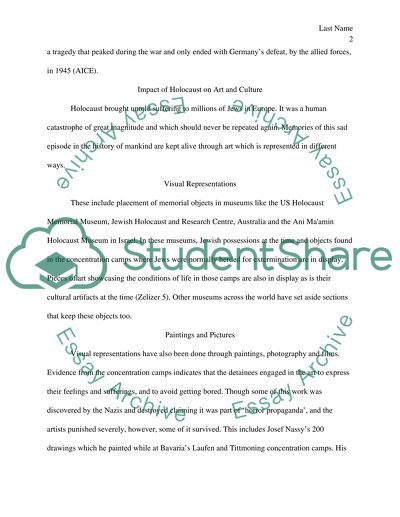Cite this document
(“What was the Impact of the Holocaust on Postwar Art and Culture Essay”, n.d.)
What was the Impact of the Holocaust on Postwar Art and Culture Essay. Retrieved from https://studentshare.org/history/1447173-what-was-the-impact-of-the-holocaust-on-postwar
What was the Impact of the Holocaust on Postwar Art and Culture Essay. Retrieved from https://studentshare.org/history/1447173-what-was-the-impact-of-the-holocaust-on-postwar
(What Was the Impact of the Holocaust on Postwar Art and Culture Essay)
What Was the Impact of the Holocaust on Postwar Art and Culture Essay. https://studentshare.org/history/1447173-what-was-the-impact-of-the-holocaust-on-postwar.
What Was the Impact of the Holocaust on Postwar Art and Culture Essay. https://studentshare.org/history/1447173-what-was-the-impact-of-the-holocaust-on-postwar.
“What Was the Impact of the Holocaust on Postwar Art and Culture Essay”, n.d. https://studentshare.org/history/1447173-what-was-the-impact-of-the-holocaust-on-postwar.


